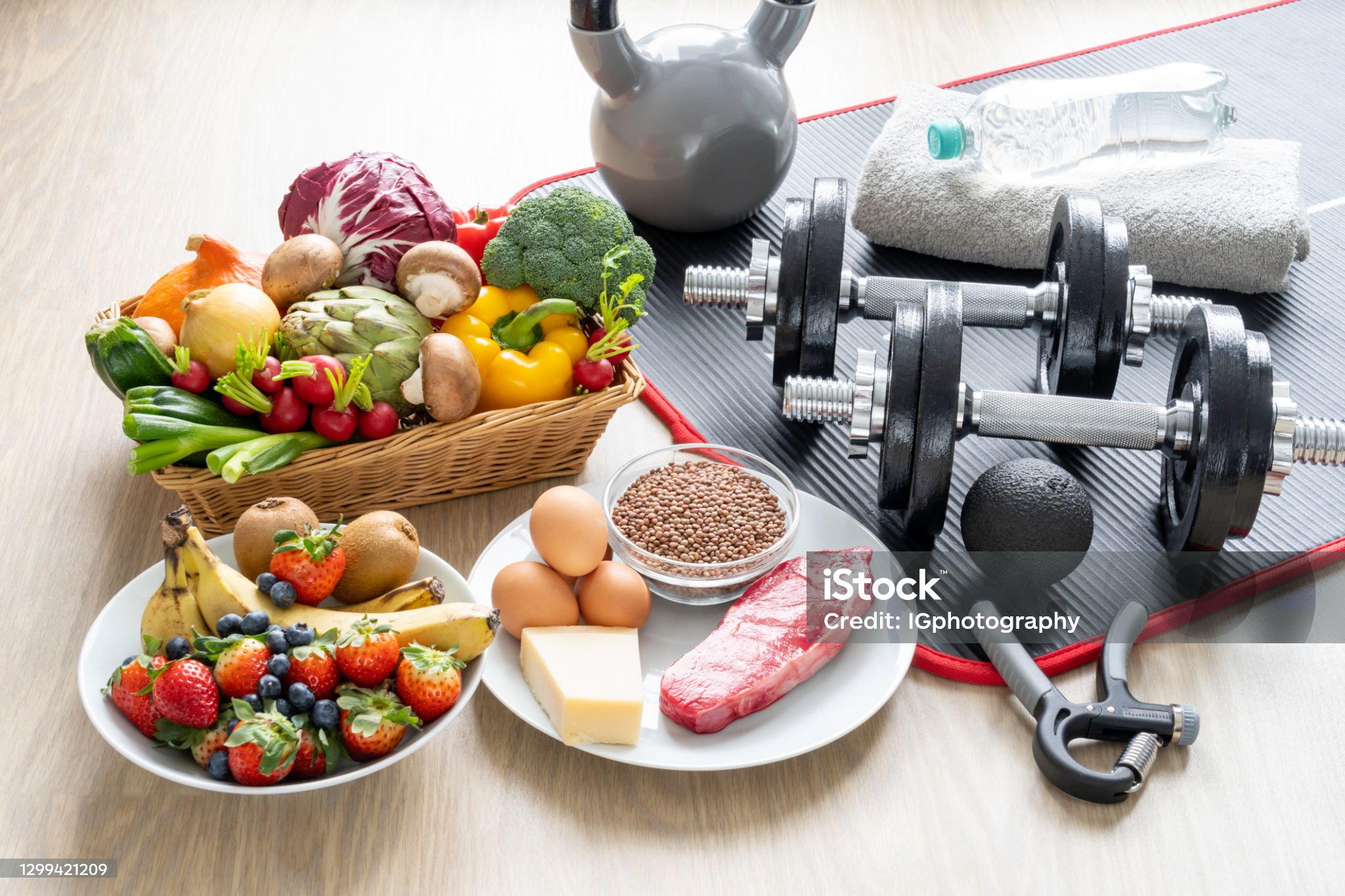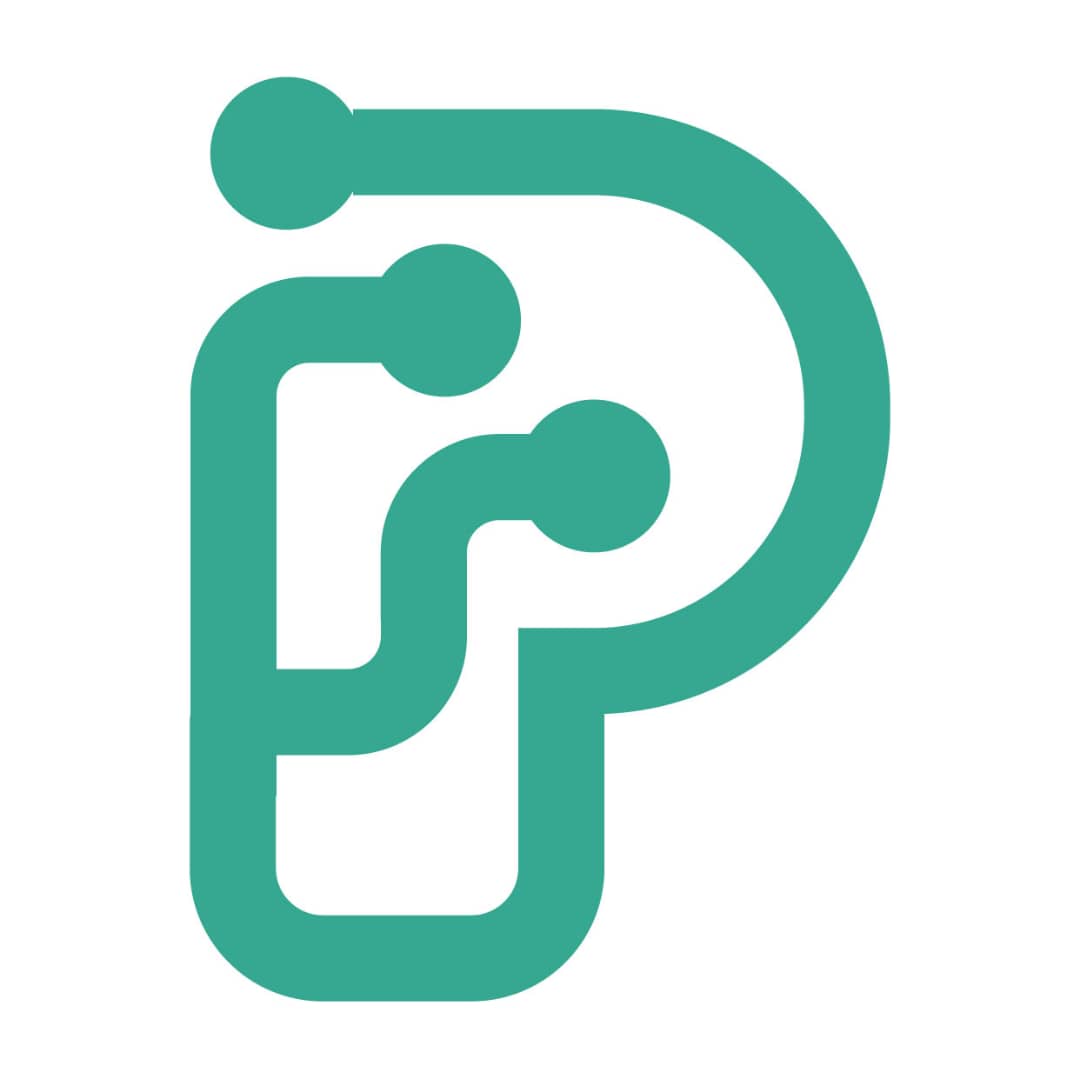Conclusion
Recap of Key Concepts
In this section titled “Recap of Key Concepts,” we will distill the essential elements that underscore the synergy between nutrition and exercise in managing hypertension. Understanding the interplay between these two factors is crucial for individuals seeking effective strategies to lower blood pressure. The relationship between dietary choices and physical activity is not merely additive; rather, it is a dynamic partnership that amplifies the benefits of each component, leading to improved cardiovascular health.
At the core of this synergy is the role of a balanced diet rich in fruits, vegetables, whole grains, lean proteins, and healthy fats. Dietary patterns such as the DASH (Dietary Approaches to Stop Hypertension) diet have been shown to significantly reduce blood pressure levels. These foods provide essential nutrients, such as potassium, magnesium, and fiber, which contribute to vascular health. When combined with regular physical activity, the effects of these dietary choices are magnified. Exercise not only enhances cardiovascular fitness but also improves the body’s ability to regulate blood pressure through mechanisms such as increased nitric oxide production and improved insulin sensitivity.
Physical activity itself plays a pivotal role in blood pressure management. Engaging in regular exercise has been associated with lower systolic and diastolic blood pressure readings. Aerobic activities, such as walking, jogging, swimming, and cycling, are particularly effective. Resistance training also contributes to lowering blood pressure by increasing muscle mass and enhancing metabolic rate. The combination of aerobic and resistance training provides a comprehensive approach to blood pressure control, allowing individuals to target multiple aspects of their health simultaneously.
The timing and consistency of both nutrition and exercise cannot be overlooked. Incorporating healthy dietary habits and regular physical activity into daily routines fosters sustainable lifestyle changes. It is not only about making temporary adjustments but rather cultivating long-term habits that promote overall well-being. Individuals who consistently engage in both dietary modifications and physical activity are more likely to experience significant improvements in their blood pressure levels and overall health outcomes.
In summary, the synergy between nutrition and exercise is a powerful tool in the management of hypertension. By recognizing the interconnectedness of dietary choices and physical activity, individuals can create a holistic approach to lowering blood pressure. This comprehensive understanding empowers individuals to take control of their health by making informed decisions that lead to lasting benefits. As we move forward, it is essential to build on these foundational concepts to foster a deeper appreciation for the role of nutrition and exercise in achieving optimal cardiovascular health.
The Path Forward: Empowering Individuals
In the journey toward managing hypertension, understanding the synergistic relationship between nutrition and exercise is crucial. The combined effects of dietary changes and physical activity can significantly enhance the body’s ability to regulate blood pressure. This section aims to empower individuals by providing actionable insights and strategies that can seamlessly integrate into their daily lives. By fostering awareness and encouraging proactive measures, individuals can take charge of their health and reduce the risks associated with high blood pressure.
Nutrition plays a fundamental role in blood pressure management. A well-balanced diet rich in fruits, vegetables, whole grains, and lean proteins can help lower blood pressure levels. The DASH (Dietary Approaches to Stop Hypertension) diet, for example, emphasizes these food groups while limiting sodium intake. Individuals should be encouraged to explore a variety of dietary options that align with their personal preferences and lifestyle. By understanding the importance of nutrient density and portion control, individuals can make informed choices that contribute to their overall well-being and effective hypertension management.
Physical activity complements dietary changes and is equally vital in the fight against high blood pressure. Regular exercise, whether it’s aerobic activities like walking, swimming, or cycling, or strength training, has been shown to lower blood pressure and improve cardiovascular health. Individuals should be encouraged to find activities they enjoy, as this increases the likelihood of maintaining a consistent exercise routine. Setting realistic goals and gradually increasing the intensity and duration of workouts can help foster a sense of achievement and motivation, making physical activity a sustainable part of their lifestyle.
Empowerment also comes from education and community support. Individuals should be encouraged to seek out resources such as nutritionists, fitness trainers, and hypertension support groups. These resources can provide personalized guidance and foster a supportive environment where individuals can share their experiences and challenges. Additionally, leveraging technology, such as fitness apps and online nutrition trackers, can help individuals monitor their progress and stay accountable to their health goals. By connecting with others who are on a similar path, individuals can gain valuable insights and encouragement, reinforcing their commitment to managing hypertension.
Ultimately, the path forward in managing hypertension lies in the hands of individuals who are willing to embrace the synergy of nutrition and exercise. By making informed dietary choices, committing to regular physical activity, and seeking out supportive resources, individuals can significantly improve their blood pressure levels and overall health. Empowerment comes from the realization that small, consistent changes can lead to substantial improvements over time. As individuals embark on this journey, they should remember that they are not alone; a community of knowledge and support is available to guide them toward a healthier future.
A Call to Action for Better Health
In the quest for better health, the synergy between nutrition and exercise stands out as a powerful alliance, particularly in the management of hypertension. As research increasingly points to the benefits of adopting a holistic approach to wellness, it is imperative for individuals, communities, and healthcare professionals to unite in advocating for lifestyle changes that promote cardiovascular health. This section emphasizes the urgency of taking meaningful action to harness the combined effects of dietary improvements and increased physical activity in addressing high blood pressure.
The prevalence of hypertension has reached alarming levels, affecting millions worldwide. This condition often goes unnoticed until it leads to severe health complications, including heart disease and stroke. Acknowledging this reality, it is essential for everyone—regardless of age, background, or current health status—to understand that they have the power to influence their own health outcomes. By embracing the concept of nutrition and exercise synergy, individuals can engage in proactive measures that not only lower blood pressure but also enhance overall well-being.
Nutrition plays a crucial role in managing hypertension, and it starts with informed dietary choices. A balanced diet rich in fruits, vegetables, whole grains, lean proteins, and healthy fats can significantly impact blood pressure levels. It is vital to reduce the intake of sodium, processed foods, and added sugars, which are often linked to elevated blood pressure. Coupling these dietary changes with regular physical activity amplifies their effects. Exercise helps to improve heart health, enhance circulation, and reduce stress—factors that are closely tied to hypertension. Therefore, a comprehensive approach that incorporates both diet and exercise is not merely beneficial; it is essential.
Healthcare providers must take an active role in promoting this dual approach to hypertension management. By providing patients with educational resources and personalized recommendations, professionals can empower individuals to make informed choices that lead to sustainable lifestyle changes. Additionally, community initiatives that encourage group exercise programs and nutritional workshops can foster a supportive environment for those seeking to improve their health. Collaboration among healthcare professionals, nutritionists, fitness experts, and community leaders is vital in creating a culture of health that prioritizes prevention over intervention.
Ultimately, the call to action for better health is a collective responsibility. It requires commitment from individuals, support from communities, and advocacy from health professionals. By recognizing the powerful interplay between nutrition and exercise, we can create a formidable strategy against hypertension. The time to act is now; by making informed choices and encouraging others to do the same, we can pave the way for a healthier future for ourselves and generations to come. Embracing this synergy not only lowers blood pressure but also fosters a lifestyle of vitality and resilience.


No responses yet